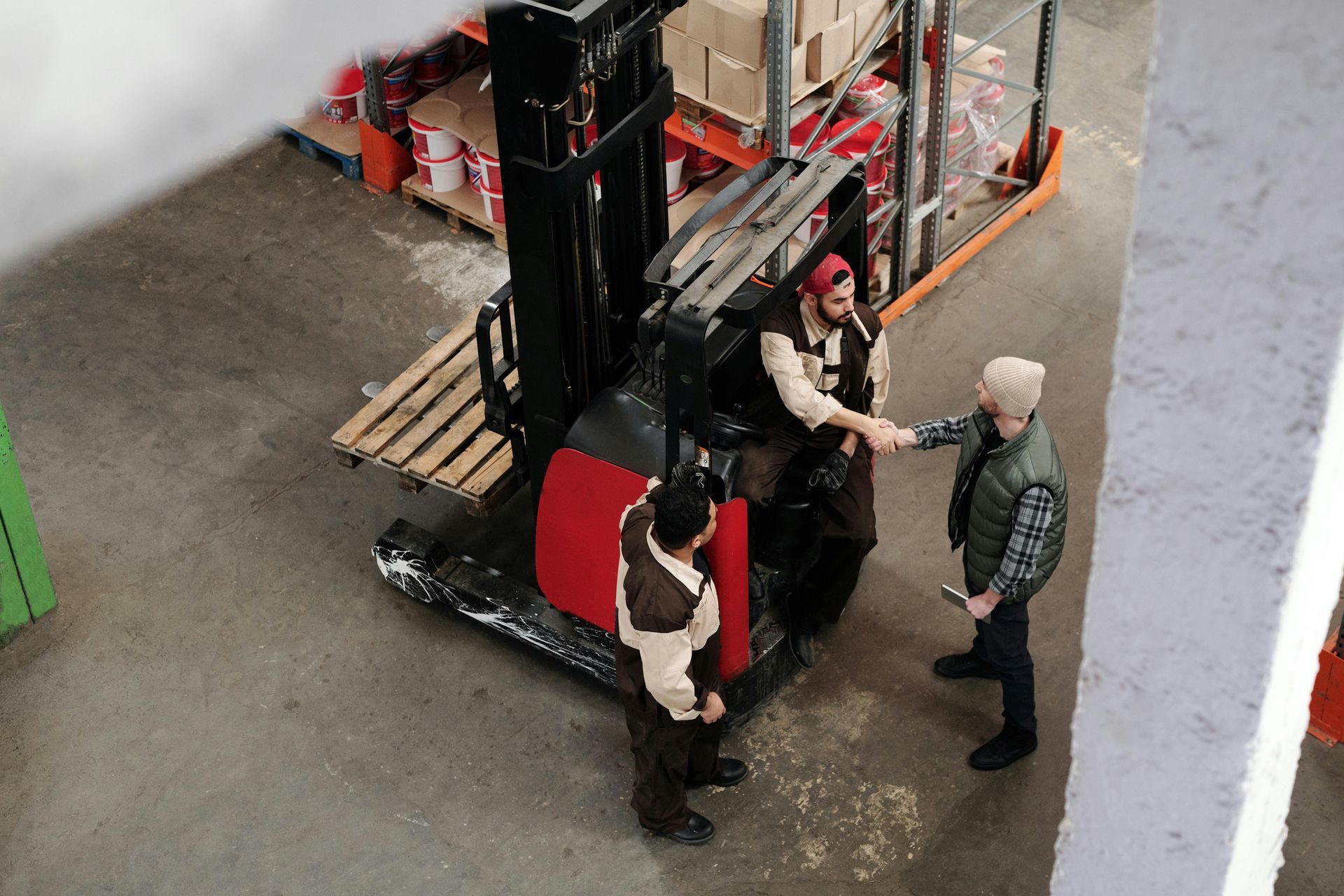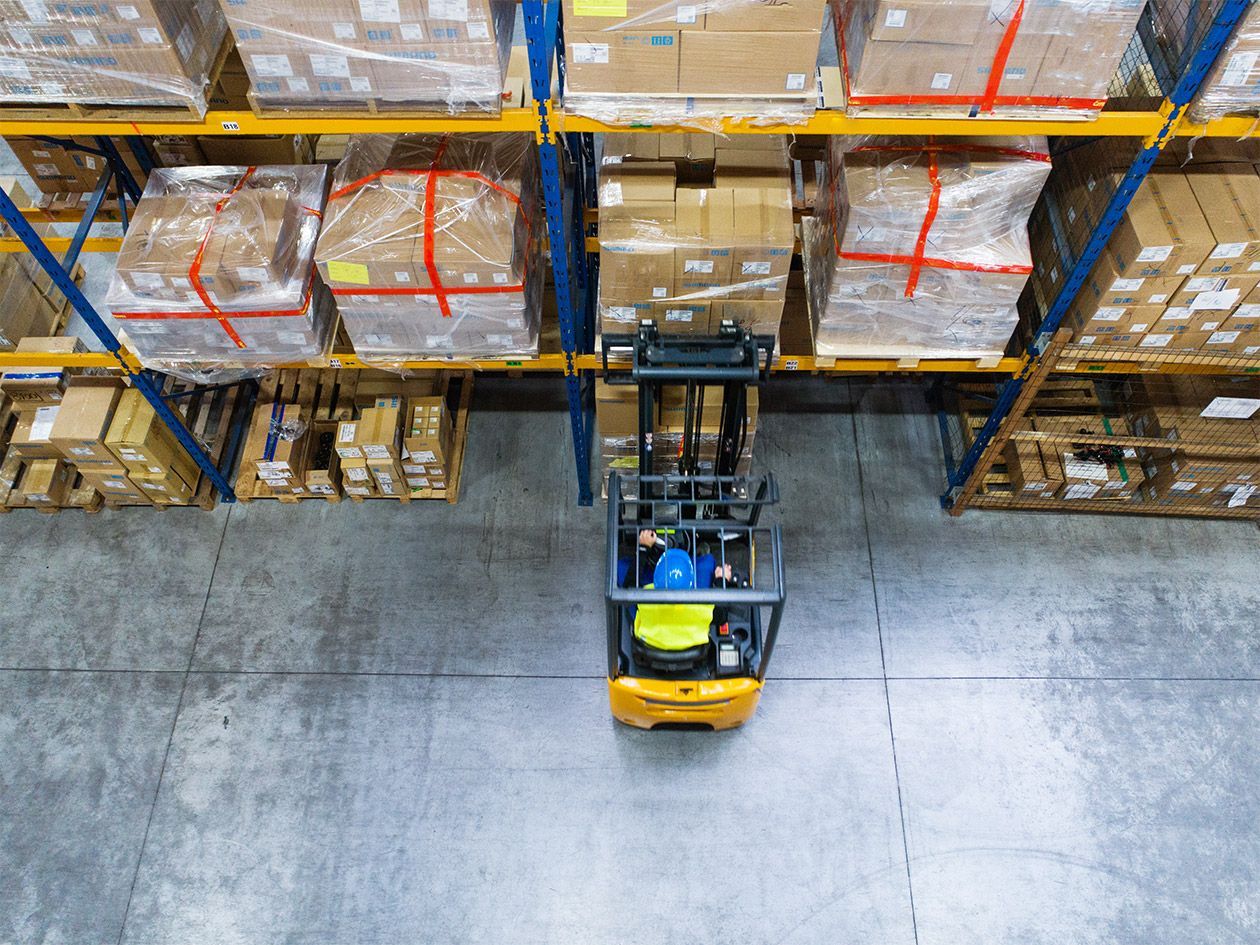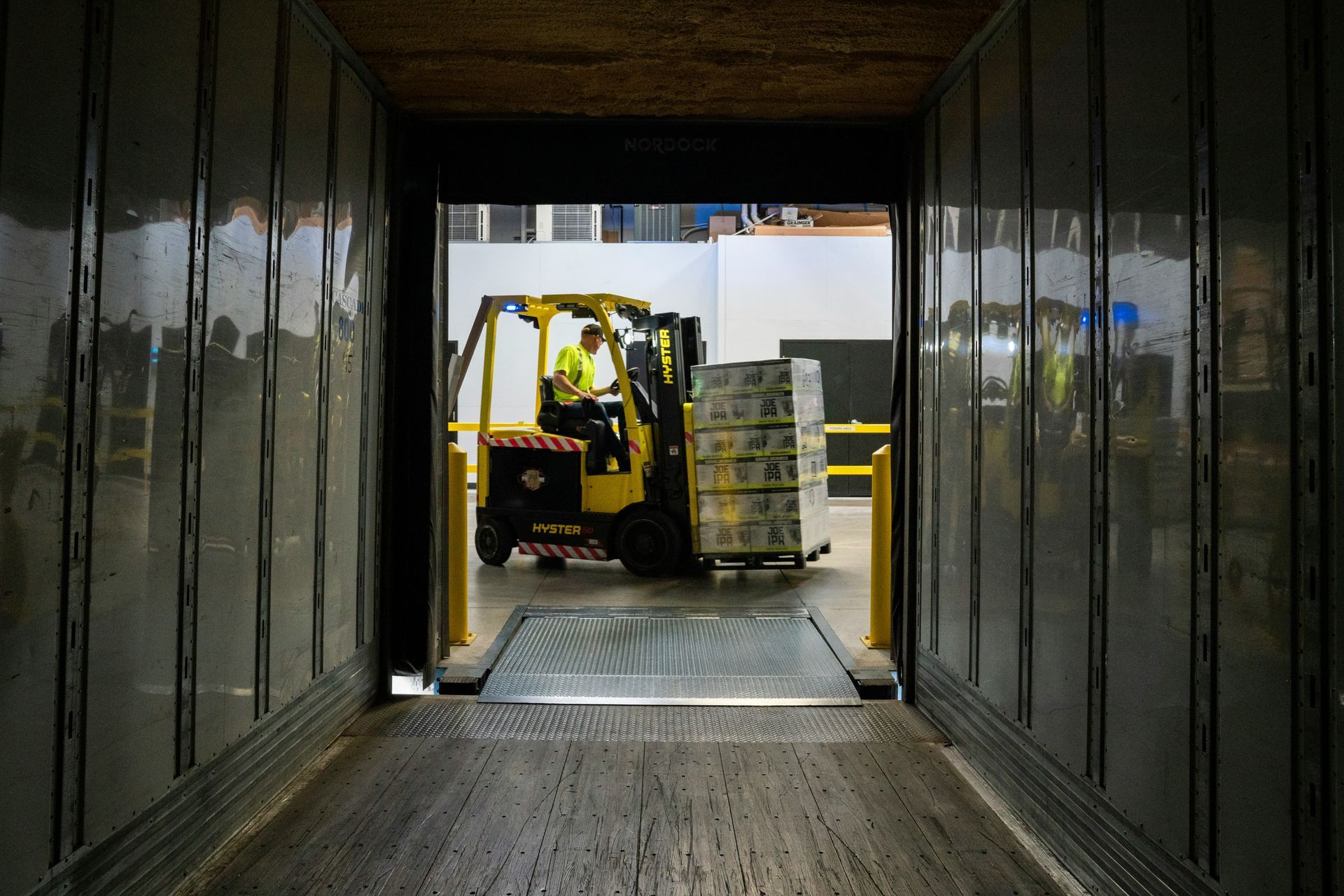10 Important Forklift Safety Rules
10 Important Forklift Safety Rules
10 Important Forklift Safety Rules. Warehouse men and women should approach operating forklifts with a high degree of caution and respect. There are nearly 35,000 forklift-related injuries and 85 fatalities each year, according to OSHA. At Benco Industrial Equipment, we believe that worker safety is job one and as a forklift dealer we strongly advise considering these 10 rules.
Qualified Operators Only
Forklifts are a terrific piece of machinery to operate and many warehouse workers would like the job. They also seem reasonably simply to the untrained. Companies should allow only trained forklift operators on these powerful machines. Untrained personnel are far more likely to make a mistake and be involved in a serious accident.
Proper Mounting and Dismounting
It’s easy to suffer a slip and fall injury climbing on and off a forklift. Make sure your hands are dry and check warehouse appropriate footwear for grease and oil buildup. Take firm hand and foot holds and avoid hoisting yourself with the steering wheel.
Proper Starts and Stops
Take a moment to run through a pre-start check. Then make sure everything is working properly while idling. When exiting the machine, make sure the engine is off. Always fully engage the parking brake and chock the wheels when parking stopping on even mild inclines.
Keep Manageable Speeds
Even though forklifts are heavy and feel solid, they can tip over at high speeds. These accidents have been a significant source of injury and fatalities. Another inherent danger is running into pedestrians. Warehouse workers often step out of blind storage bays and it’s up to the machine operator to have full control in the event of an emergency.
Blind Corners and Archways
Modern warehouse facilities tend to better account for blind spots and allow drivers and workers to see each other adequately. But many people work in converted manufacturing facilities. Brick and stone archways and tight corners make visibility difficult. Go slow and use the horn as a warning signal. If you can’t see them, they can’t see you either.
Negotiating Inclines and Declines
Inclines are a common area that tipovers occur. Turning left or right can destabilize the load and machine and send you for a tumble. When on declines, carrying a load to far forward can cause the rear wheel to elevate and a crash. Exercise common sense and extreme caution.
Maintain Load Stability
When picking up a load, it’s important that it can ride balanced and stable. Get the forks as far under it as possible. You want it back on the forks, not dangling on the tips. Keep it secure and as low to the ground as possible without scraping. An unstable load can tip the lift or spill on another worker.
Understand Load Capacity
Forklifts are powerful, but every machine has limits. Know the weight limit on your machine and do not exceed it. Using a counterweight to balance an excessive load is a bad policy and increases the possibility of an accident.
Dangers of Dock Work
Even though forklift operators are keenly aware that gates are necessary to bridge docks and truck boxes, it’s not uncommon for workers to forget to put them in place. Don’t get too close to the edge. If the front wheels catch a gap, the lift may topple over. Drop pallets in front at a reasonable distance and let warehouse personnel hand jack them into place. Always stay away from a dock’s edge.
Surviving A Tipover
OSHA advises that you don’t try to jump from a falling machine even though that may be your natural instinct. Stay in the cab and hold tight to the wheel while bracing your feet firmly. Lean forward and away from the impact. This procedure is designed to decrease the risk of severe injury.
As a certified forklift dealer, Benco Industrial Equipment supports proper training and safety policies in all warehouse environments.
The post 10 Important Forklift Safety Rules appeared first on Benco Industrial Equipment.




